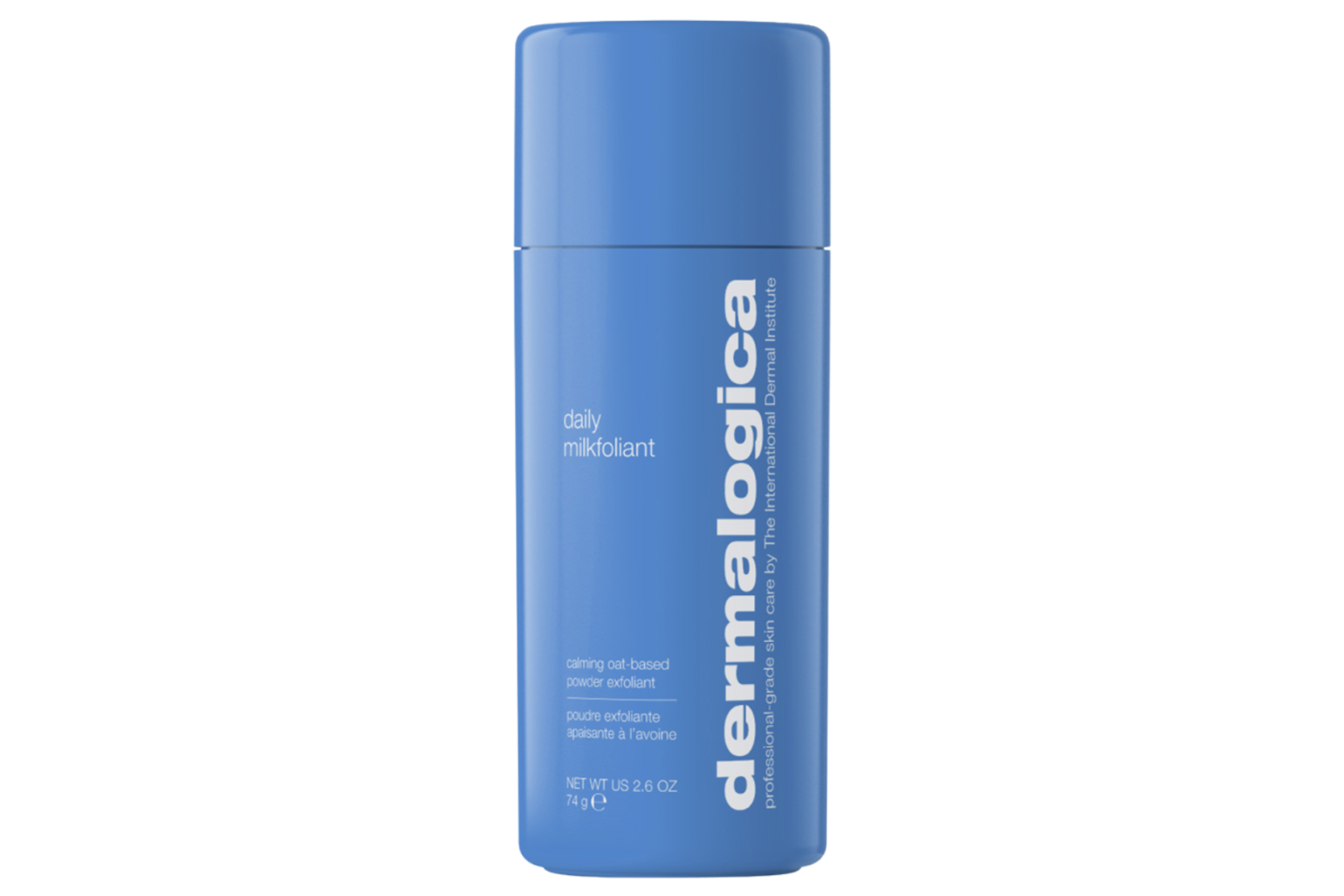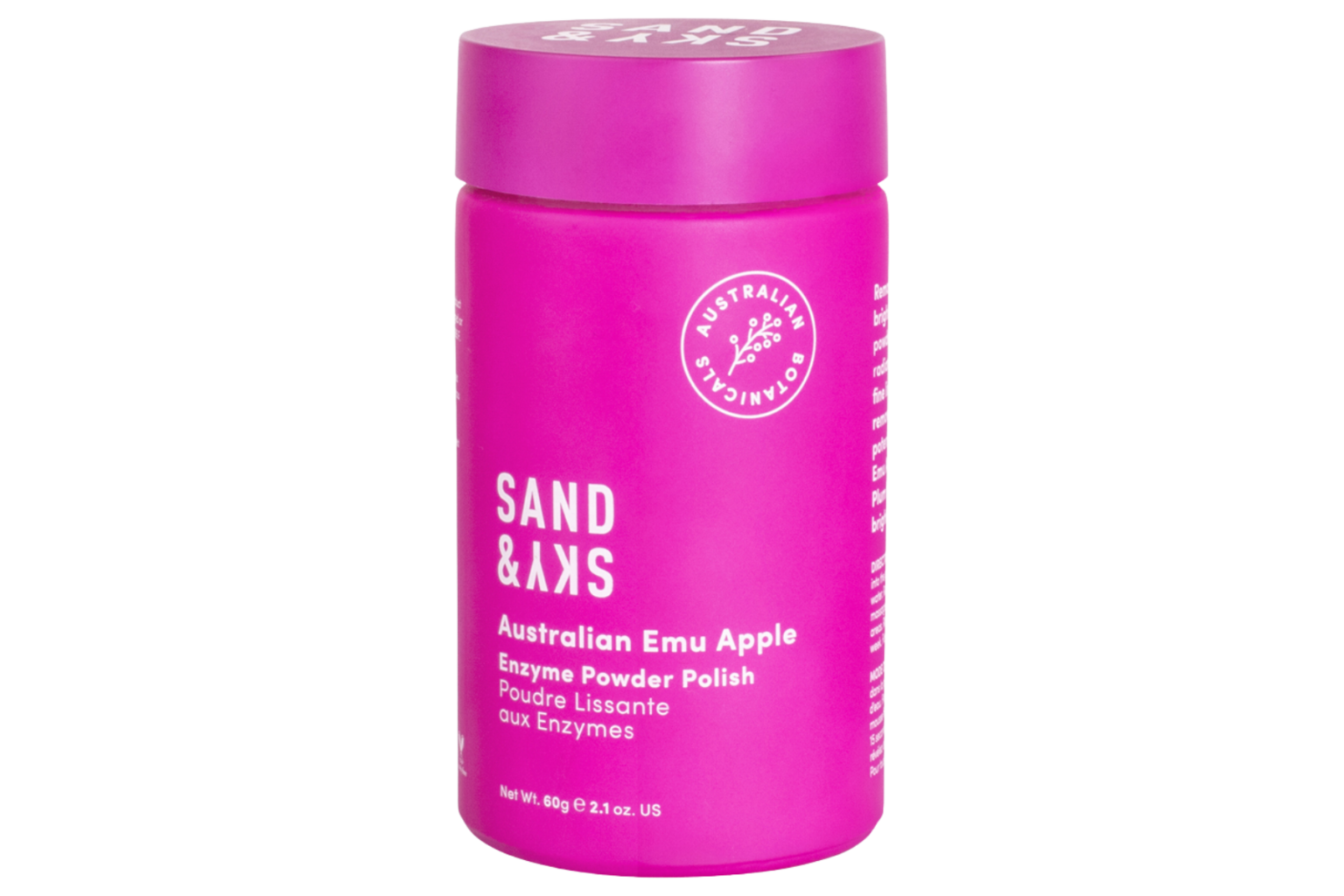Hey skincare enthusiasts! If you've been diving deep into the world of exfoliation, you've probably stumbled upon two powerhouse products: Microfoliant and Milkfoliant. These aren't just random skincare buzzwords—they're game-changers in the world of smooth, glowing skin. But what’s the deal? Which one should you add to your skincare routine? Let’s break it down and figure out which one fits your skin goals like a glove.
Let’s face it, skincare can get overwhelming. Between serums, masks, and all sorts of fancy gadgets, it’s easy to get lost. But when it comes to exfoliation, you’ve gotta make the right choice. Microfoliant and Milkfoliant are two heavyweights in this category, and today we’re spilling all the tea on what makes them tick.
So, whether you're a skincare newbie or a seasoned pro, this article is here to help you understand the differences, benefits, and which one might just be your skin's new best friend. Let's dive in, shall we?
Read also:Betty Williams And Mack Herring The Power Couple Who Changed The Game
What is Microfoliant?
Alright, let’s start with the OG of the duo—Microfoliant. This iconic powder exfoliant by Dermalogica has been turning heads since 1986, and for good reason. It’s not your average scrub; it’s a chemical and physical exfoliant rolled into one magical powder. When mixed with water, it transforms into a creamy paste that gently buffs away dead skin cells without leaving your face feeling like sandpaper.
Microfoliant’s secret weapon? Rice-based powder, salicylic acid, and colloidal oatmeal. This trifecta of ingredients works wonders for clogged pores, uneven texture, and dullness. Plus, it’s super versatile, making it a great option for almost all skin types, except maybe the ultra-sensitive ones.
Key Benefits of Microfoliant
- Gentle yet effective exfoliation
- Helps unclog pores and reduce blackheads
- Improves skin texture and radiance
- Suitable for most skin types
But here’s the kicker—Microfoliant doesn’t just stop at exfoliation. The salicylic acid in it helps with acne-prone skin, while the colloidal oatmeal soothes irritation. It’s like a skincare multitasker that gets the job done without drama.
What is Milkfoliant?
Now, let’s talk about the newbie on the block—Milkfoliant. If you thought Microfoliant was impressive, wait till you meet its creamy cousin. Milkfoliant is a milky liquid exfoliant that’s designed to be even gentler than its powder counterpart. It’s all about lactic acid, which is a type of AHA that works wonders for brightening and hydrating the skin.
Unlike Microfoliant, Milkfoliant doesn’t involve any physical exfoliation. It’s purely a chemical exfoliant that dissolves dead skin cells and reveals smoother, brighter skin underneath. And guess what? It’s enriched with milk proteins and hyaluronic acid, making it a dream come true for dry or sensitive skin types.
Key Benefits of Milkfoliant
- Gentle chemical exfoliation
- Hydrates and brightens the skin
- Ideal for dry or sensitive skin
- Reduces the appearance of fine lines and dark spots
So, if you’re someone who shies away from scrubs or physical exfoliants, Milkfoliant might just be your skincare soulmate. It’s like a spa treatment in a bottle, leaving your skin feeling soft, supple, and glowing.
Read also:Preston Johnson Baseball The Rising Star On The Field
Microfoliant vs Milkfoliant: The Key Differences
Now that we’ve introduced both products, let’s break down the key differences between Microfoliant and Milkfoliant. Understanding these differences will help you decide which one suits your skin better.
First up, the texture. Microfoliant is a powder that turns into a paste when mixed with water, while Milkfoliant is a milky liquid that’s applied directly to the skin. This alone can be a dealbreaker for some people, depending on their preference.
Then there’s the exfoliation method. Microfoliant combines both physical and chemical exfoliation, making it a bit more aggressive. On the other hand, Milkfoliant is purely chemical, which means it’s gentler and more hydrating.
Texture and Application
Let’s talk about how each product feels on the skin. Microfoliant’s powder-to-paste formula gives a satisfying scrubbing sensation, which some people love. But if you’re not into the whole "scrubbing" thing, Milkfoliant’s creamy texture might be more up your alley.
In terms of application, Microfoliant requires a bit of effort—mixing the powder with water and massaging it onto your skin. Milkfoliant, on the other hand, is as easy as applying toner. You can use it with a cotton pad or even your fingers for a quick and hassle-free experience.
Which One is Better for Your Skin Type?
When it comes to skincare, one size definitely doesn’t fit all. So, which one should you choose based on your skin type? Let’s break it down.
For Normal to Oily Skin
If you’ve got normal to oily skin, Microfoliant might be your go-to. Its ability to unclog pores and control oil production makes it a great option for keeping breakouts at bay. Plus, the salicylic acid in it is a total game-changer for acne-prone skin.
For Dry or Sensitive Skin
On the flip side, if you’ve got dry or sensitive skin, Milkfoliant is probably the better choice. The lactic acid and hyaluronic acid in it provide much-needed hydration and soothe irritation. Plus, the lack of physical exfoliation means less risk of aggravating your skin.
How Often Should You Use Them?
Exfoliation is great, but overdoing it can lead to irritated skin. So, how often should you use Microfoliant or Milkfoliant? The answer depends on your skin’s tolerance.
For Microfoliant, most dermatologists recommend using it 2-3 times a week. This gives your skin enough time to recover between sessions. And if you’ve got sensitive skin, start with once a week and see how your skin reacts.
Milkfoliant, being gentler, can be used more frequently. Some people even use it daily, especially if they’ve got dry or mature skin. But again, listen to your skin and adjust accordingly.
Pro Tips for Usage
- Always follow exfoliation with a good moisturizer to lock in hydration.
- Don’t forget sunscreen during the day, as exfoliation can make your skin more sensitive to the sun.
- Do a patch test before incorporating any new product into your routine.
And remember, consistency is key. Stick to your skincare routine, and you’ll start seeing results in no time.
Microfoliant vs Milkfoliant: Pricing and Value
Let’s talk money, shall we? Both Microfoliant and Milkfoliant come with a price tag that might make you do a double-take. But are they worth it? Let’s break it down.
Microfoliant is priced at around $55 for a 170g jar, while Milkfoliant costs about $48 for a 250ml bottle. Now, I know what you’re thinking—“That’s a lot of cash for skincare!” But here’s the thing: both products are highly concentrated, so a little goes a long way.
Plus, when you consider the benefits they provide—smooth, glowing skin, fewer breakouts, and reduced signs of aging—they’re definitely worth the investment. Think of it as treating your skin to a luxury spa day, minus the hassle.
Expert Opinions and Studies
When it comes to skincare, it’s always good to hear what the experts have to say. Both Microfoliant and Milkfoliant have been praised by dermatologists and skincare enthusiasts alike for their effectiveness.
A study published in the Journal of Clinical and Aesthetic Dermatology found that salicylic acid, a key ingredient in Microfoliant, is highly effective in treating acne and improving skin texture. Meanwhile, lactic acid, the star ingredient in Milkfoliant, has been shown to improve hydration and reduce the appearance of fine lines, according to research published in the International Journal of Cosmetic Science.
So, whether you choose Microfoliant or Milkfoliant, you’re getting a product backed by science and trusted by experts. It’s like having a dermatologist in a bottle, minus the appointment fees.
Final Verdict: Which One Should You Choose?
Alright, let’s wrap this up. Both Microfoliant and Milkfoliant are amazing products that can do wonders for your skin. But which one should you choose? Here’s a quick recap to help you decide.
- Choose Microfoliant if you’ve got normal to oily skin, acne-prone skin, or love a good scrub.
- Choose Milkfoliant if you’ve got dry or sensitive skin, or prefer a gentler, hydrating exfoliant.
Ultimately, the best product is the one that works for your skin. So, do your research, listen to your skin, and don’t be afraid to try new things. After all, skincare is a journey, not a destination.
Call to Action
So, what are you waiting for? Head over to your favorite skincare store and grab yourself a bottle of Microfoliant or Milkfoliant. And don’t forget to share your experiences in the comments below. We’d love to hear how these products have transformed your skin!
And if you found this article helpful, why not share it with your friends? Who knows, you might just help them find their new skincare obsession. Until next time, keep glowing!
Table of Contents
- What is Microfoliant?
- Key Benefits of Microfoliant
- What is Milkfoliant?
- Key Benefits of Milkfoliant
- Microfoliant vs Milkfoliant: The Key Differences
- Texture and Application
- Which One is Better for Your Skin Type?
- How Often Should You Use Them?
- Pro Tips for Usage
- Microfoliant vs Milkfoliant: Pricing and Value
- Expert Opinions and Studies
- Final Verdict: Which One Should You Choose?
- Call to Action


